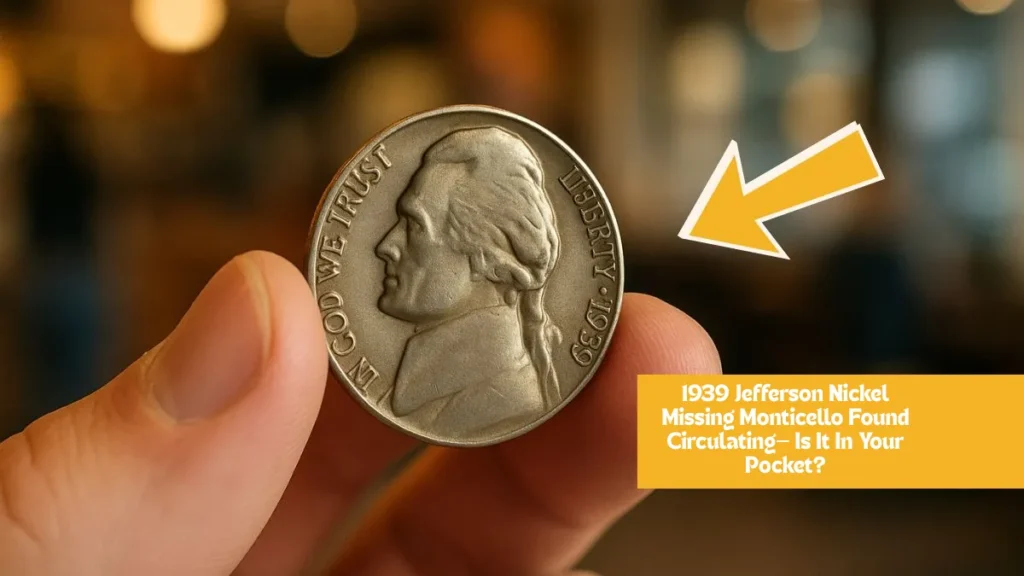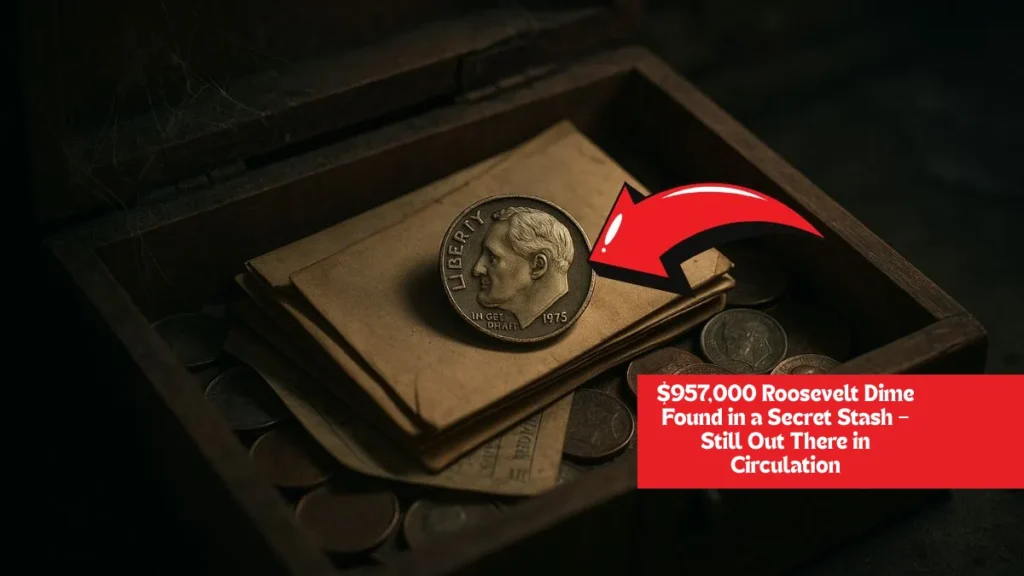Believe it or not, one of the most unassuming coins in your pocket change — the Lincoln Wheat Penny — could potentially be worth hundreds of thousands of dollars. Specifically, some rare Lincoln Wheat Pennies have fetched as much as $610,000 at auction. While this may sound like a myth, the facts behind it are grounded in numismatic history, minting errors, and scarcity.
A Quick Look at the Lincoln Wheat Penny
The Lincoln Wheat Penny, minted from 1909 to 1958, was the first U.S. coin to feature an actual historical figure: President Abraham Lincoln. Designed by Victor David Brenner, the coin’s obverse shows Lincoln’s profile, while the reverse has two sheaves of wheat flanking the words “ONE CENT” — hence the nickname “Wheat Penny.”
Why Some Are Worth $610,000
Not every Lincoln Wheat Penny is valuable, but certain versions are rare enough to command incredible prices. Here’s what makes one potentially worth $610,000:
1. Rare Minting Errors
The most famous — and valuable — of these is the 1943 Bronze Wheat Penny. During World War II, copper was in high demand for military purposes, so the U.S. Mint produced pennies from zinc-coated steel in 1943. However, a small number were accidentally struck on bronze (copper-based) planchets from the previous year. These 1943 bronze pennies are extremely rare and highly sought after by collectors.
One such coin sold for $612,000 in a public auction. Only around 10–15 genuine examples of this coin are known to exist.
2. Low Mintage Years
Other valuable examples include the 1909-S VDB penny. Only 484,000 were minted, and it’s considered the holy grail for Lincoln cent collectors. A high-grade 1909-S VDB can fetch tens of thousands, sometimes even six figures in pristine condition.
3. Condition Matters
A penny that’s rare and in mint state (MS-65 or higher) is exponentially more valuable than one in circulated condition. Coins that have never been handled, scratched, or cleaned are considered highly collectible.
How to Identify a Valuable Penny
You don’t need to be a coin expert to do a quick check. Here’s how to see if your penny might be worth a fortune:
- Look at the Date: If you see 1909-S VDB, 1943 (copper, not steel), or 1922 with no mint mark, you may have struck gold.
- Check the Back: Only Wheat Pennies (those minted before 1959) are potential high-value items.
- Color and Material: The 1943 penny is commonly steel and magnetic. If your 1943 penny looks copper-colored and doesn’t stick to a magnet, it could be one of the rare bronze errors.
- Weight Test: A copper penny weighs 3.11 grams. Steel weighs 2.7 grams. Use a digital scale to check.
- Seek Authentication: If you think you have a rare penny, contact a reputable coin grading service like PCGS or NGC for verification.
How to Care for Valuable Pennies
If you think you have a rare penny, don’t clean it — this can drastically reduce its value. Instead:
- Store it in a plastic coin flip or airtight holder.
- Keep it away from moisture and extreme temperatures.
- Handle it only by the edges, preferably with gloves.
Final Thoughts
Yes, a Lincoln Wheat Penny worth $610,000 truly exists — and it’s not impossible that one is still out there, lost in circulation or tucked away in a jar of old coins. While the odds are slim, it’s definitely worth checking your change or digging into your grandparents’ coin collections. One small cent could change your life.


